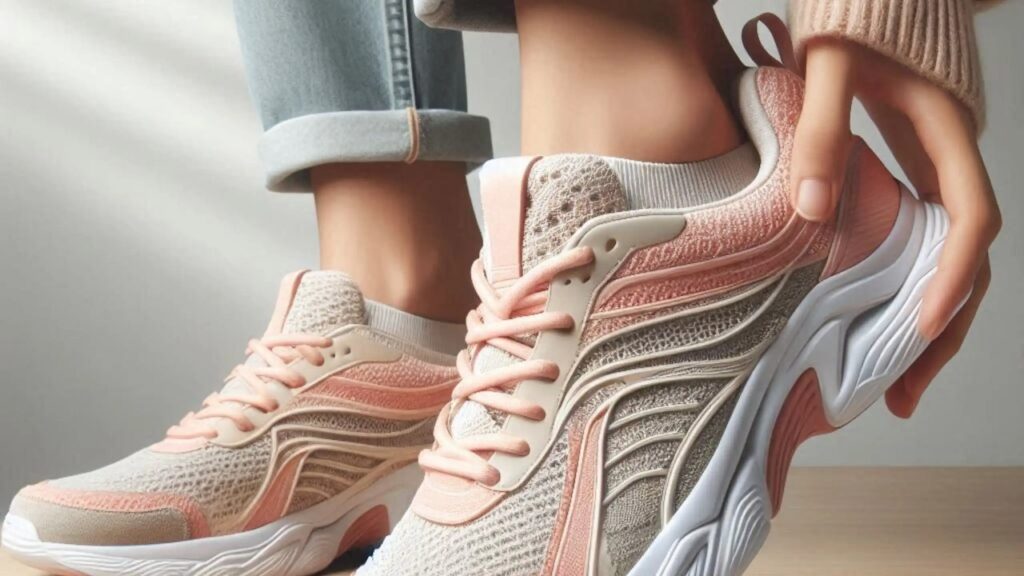In an industry known for constant change, fashion is undergoing one of its most significant shifts—towards sustainability. The fashion world has long been associated with glamour and excess, but today, a new wave of eco-conscious designers, consumers, and brands is redefining what it means to be stylish.
The Rise of Conscious Consumerism
Consumers today are more informed than ever before. Social media, documentaries, and growing environmental awareness have shed light on the harsh realities of fast fashion—its impact on workers, communities, and the environment. This has led to a new generation of shoppers who value quality over quantity, opting for ethical brands, secondhand purchases, and sustainable fabrics.
The demand for eco-friendly fashion isn’t just a passing trend. In fact, studies show that Millennials and Gen Z are increasingly prioritizing sustainability in their purchasing decisions. This change in consumer behavior has led many fashion brands to reevaluate their practices, making sustainability not just a buzzword but a necessity.
Innovation in Sustainable Materials
One of the biggest breakthroughs in sustainable fashion is the development of new, eco-friendly materials. Designers and scientists alike are experimenting with fabrics made from organic, biodegradable, or recycled materials. From recycled plastic bottles to mushroom leather, the future of sustainable textiles is both exciting and innovative.
Natural fibers like organic cotton, hemp, and bamboo are being favored over synthetic fibers like polyester, which is made from petroleum and takes hundreds of years to decompose. Sustainable brands are also using fewer harmful chemicals, such as dyes and pesticides, which reduce water pollution and soil degradation.
Circular Fashion: Reducing Waste
The fashion industry has long been criticized for its “take, make, and dispose” model. To counteract this, circular fashion—a system where products are designed, produced, and disposed of in a way that minimizes waste—is gaining traction. This approach focuses on extending the lifecycle of a garment, whether through upcycling, recycling, or reusing materials.
Resale platforms like ThredUp, Depop, and Poshmark have soared in popularity, proving that secondhand shopping is no longer stigmatized. In fact, it’s becoming chic to shop pre-loved fashion, with many luxury brands even entering the resale market.
Some brands are also launching take-back programs, where consumers can return used garments for recycling or repurposing. Patagonia, for example, offers a Worn Wear program, encouraging customers to buy secondhand items or trade in their old gear for credit. This shift not only promotes environmental responsibility but also challenges the traditional notion of fashion being disposable.
Ethical Labor Practices
Sustainability in fashion extends beyond materials and waste; it also encompasses ethical labor practices. Fast fashion has been notorious for exploiting workers, particularly in developing countries where wages are low, and working conditions are unsafe. In contrast, sustainable brands are striving to ensure fair wages, safe working conditions, and transparency in their supply chains.
Organizations like the Fair Trade Certified and the Ethical Trading Initiative are holding brands accountable, ensuring that workers are treated fairly and paid a living wage. Brands that prioritize ethical production also tend to build stronger relationships with their workers, often resulting in higher-quality garments.
The Future of Fashion is Green
As the fashion industry continues to evolve, it’s clear that sustainability is not just a trend—it’s the future. Consumers are no longer satisfied with fleeting styles or mass-produced goods; they want quality, transparency, and a positive impact on the planet.
The journey toward a fully sustainable fashion industry is still ongoing, but with innovation in materials, circular fashion models, and an increasing focus on ethical practices, the future looks promising. After all, what’s more stylish than looking good while doing good for the planet?
In the end, sustainability is not only about protecting the environment but also about embracing a more thoughtful, long-lasting approach to fashion.

